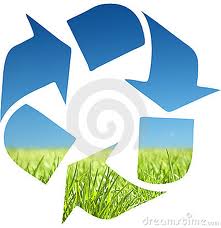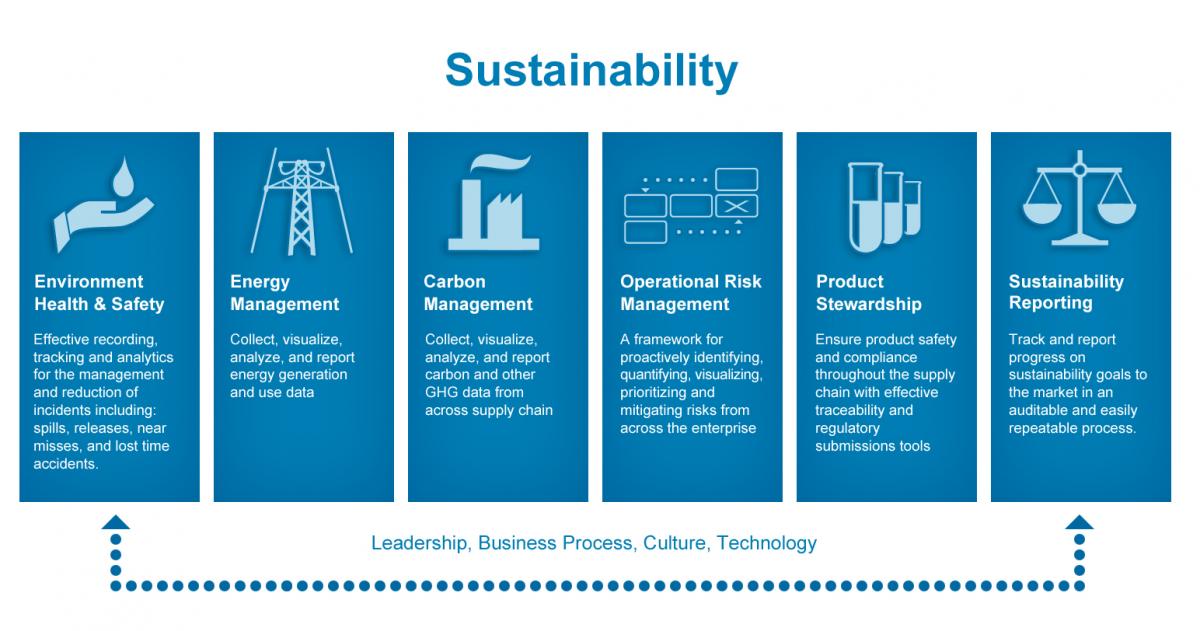 Nonwoven fabrics are often made with a percentage of recycled fabrics and oil-based materials. The percentage of recycled fabrics vary based upon the strength of material needed for the specific use. Conversely, some nonwoven fabrics can be recycled after use, given the proper treatment and facilities.
Nonwoven fabrics are often made with a percentage of recycled fabrics and oil-based materials. The percentage of recycled fabrics vary based upon the strength of material needed for the specific use. Conversely, some nonwoven fabrics can be recycled after use, given the proper treatment and facilities.
Thirty years ago nonwovens meant “disposables,” such as baby diapers and medical and hygiene products, which still dominate the market. For this reason, some consider nonwovens a more ecological fabric for certain applications, especially in fields and industries where disposable or single use products are important, such as hospitals, schools, nursing homes and luxury accommodations.
Nonwovens are used in many products that protect the environment, ranging from geotextiles for land stabilization and erosion prevention, to filtration materials that clean air and water, to special absorbents designed to remove spilled oil from waters and wetlands.
The thought now is if the industry is to continue to grow it neads to take the lead in developing new durable products such as automotive, geotextiles, and construction. These categories are often regarded as more environmentally responsible because of the long term use.
Sustainability drives trends in nonwoven market
The current trend is to blend jute, hemp, flax or cotton to create more environmentally friendly materials. What the consumers care about is performance, functionality, cost and the environmental impact. The nonwovens industry is moving in the sustainability direction, and consumers will pay a little more for a sustainable product, and that drives the market. For example, when Costco launched its own brand of baby wipes, made out of a cotton blend, the wipes were so popular that sales moved from 17th to second place in just four months! Additional cotton/PET blended fabrics made with spunlace technology have been used for new Clorox® cleaning wipes, and are also being developed for industrial applications.
Companies develop products from recycled materials
Foss Manufacturing Co. LLC, Hampton, N.H., is among the companies responding to the call for recyclable products and has developed its own recycled fiber, which is used in-house and sold to other customers. Dave Rowell, executive vice president of sales for Foss, says Eco-fi is a polyester prime resin made exclusively from plastic drink bottles.
“In the last year and a half, we have converted 80 percent of our polyester production to recycled bottles,” Rowell says. The new product is “cost neutral,” he says, “but it’s the right thing to do.” Even though just 10 bottles are needed to make one pound of fiber, Foss is more concerned with availability than with cost effectiveness. With spotty mandatory recycling nationwide, Rowell thinks recycling legislation needs to be more widespread.
Applications for Eco-fi run from craft felts, to indoor-outdoor carpeting, to filtration materials and beyond.
Freudenberg Nonwovens Group, Durham, N.C., also has a a new recycled product. Lutradur® PCR is made from 92 percent recycled plastic drink bottles and is 100 percent recyclable, says Oscar Fontalvo, business segment manager. As with the original Lutradur fabrics, it is a thermal-bonded, spunbond polyester, and performs as well or better than the original, Fontalvo says. Lutradur was originally used primarily in automotive and commercial carpet tile applications, but has recently expanded into other markets, such as flooring, building, banners and billboards.
According to billboard industry experts, Lutradur PCR fabrics require 50 percent less PVC to coat than the wovens traditionally used. That adds up to savings in energy, materials, labor and shipping.
